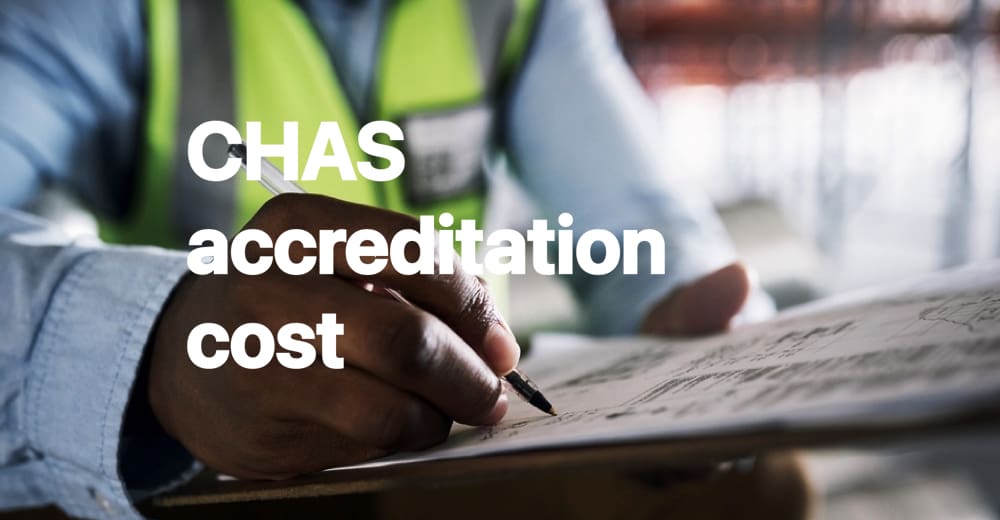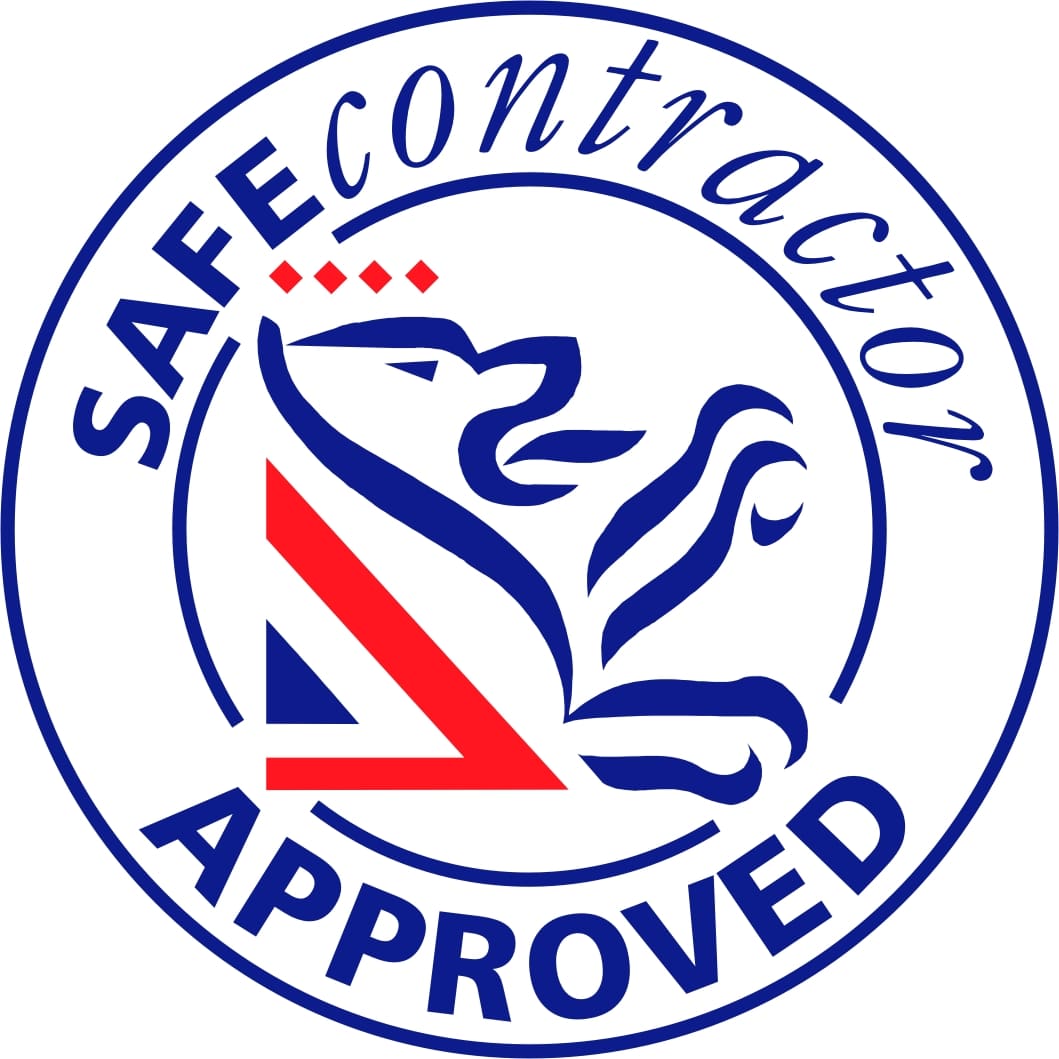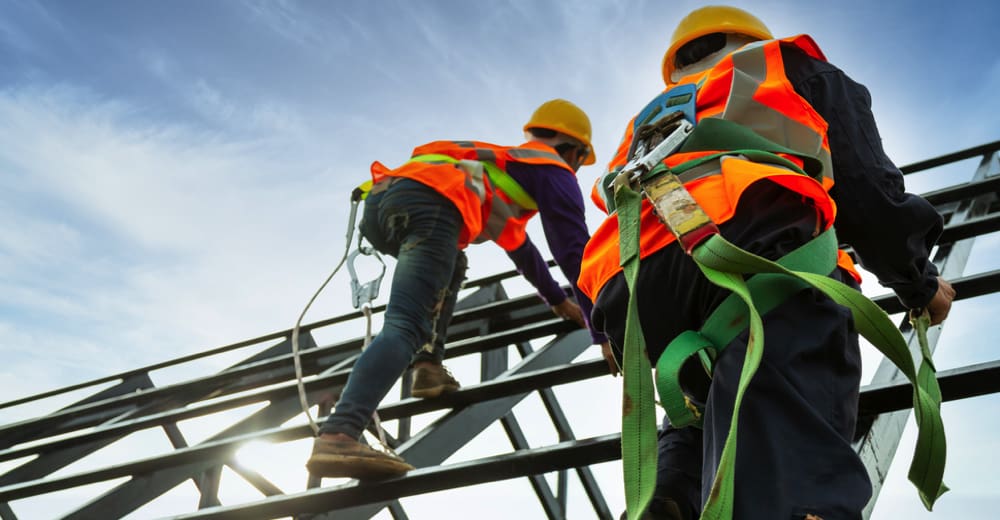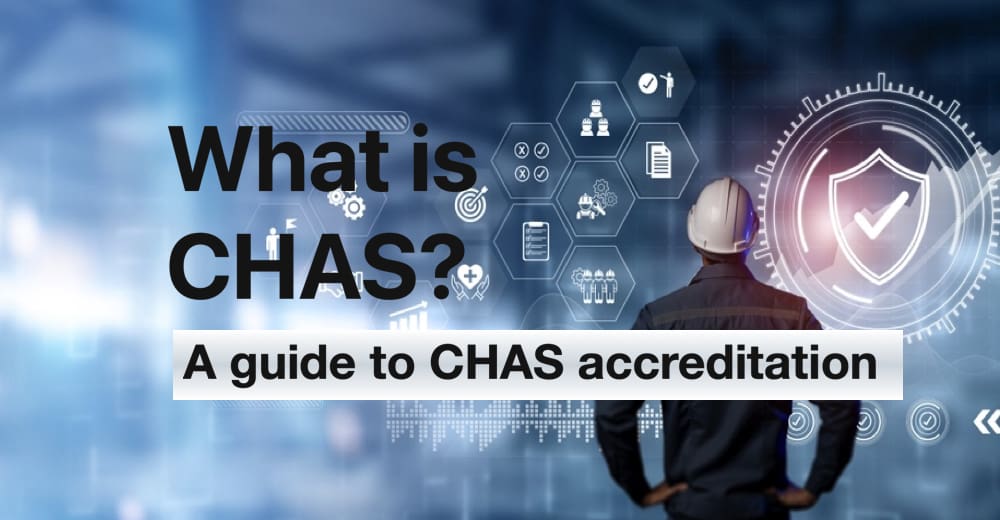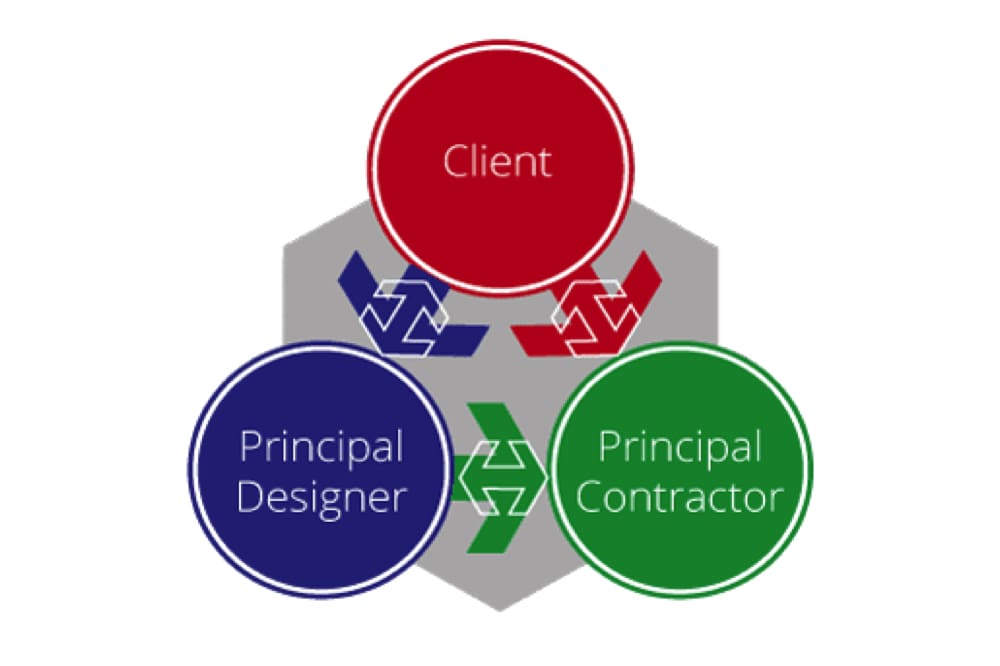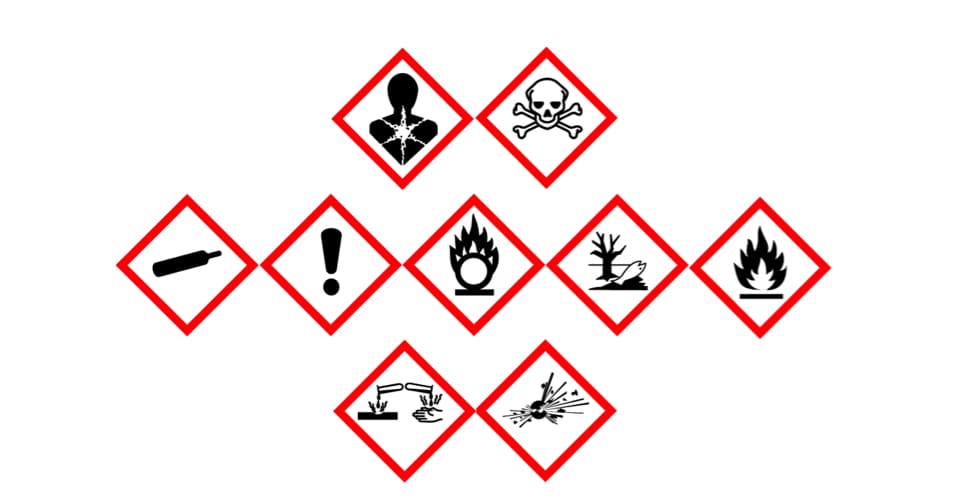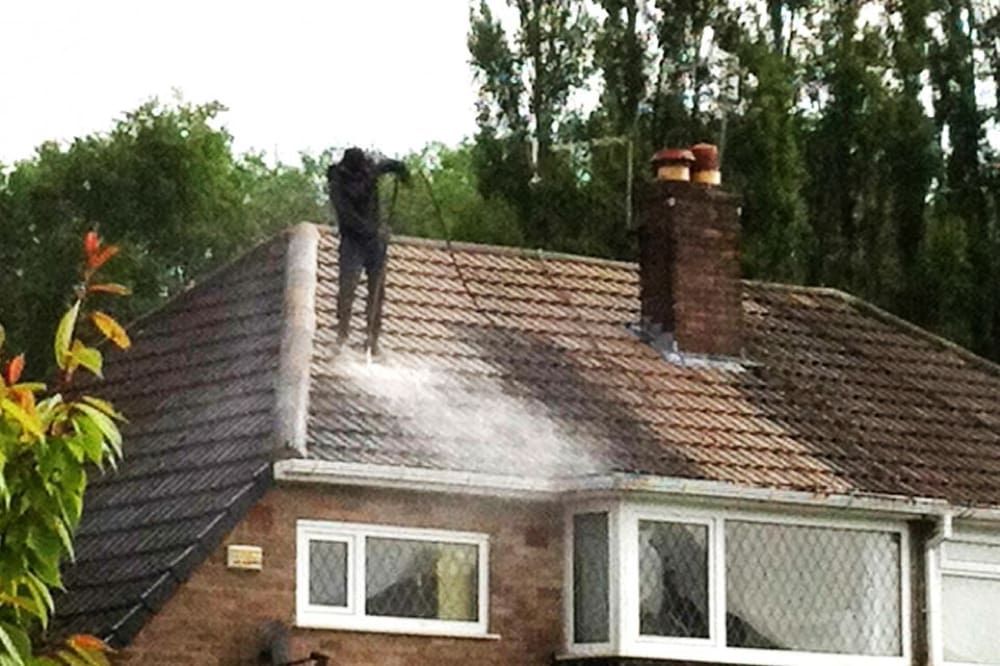CHAS accreditation costs
Our CHAS accreditation cost article will give you all the information you need to make a decision, if CHAS is right for you.
The CHAS accreditation costs below are dated January 2025. Please get in touch with us for up-to-date costs if this article becomes out of date.
CHAS offers three membership packages with different levels of accreditation:
CHAS Standard
The entry-level package includes a health and safety assessment and SSIP accreditation.
CHAS Advanced
The mid-range package includes all the Standard package benefits, plus helps you achieve SSIP and PAS 91 accreditation.
CHAS Elite
The highest level of accreditation, which includes all the benefits of the other packages, plus access to the Common Assessment Standard
The Common Assessment Standard covers 13 areas of risk management, including:
- Identity
- Financial
- Insurance
- Corporate and professional standing
- Health and Safety
- Environmental management
- Quality management
- Equality
- Corporate and professional standing
- Information security
- Information management
- Anit-Bribery and corruption
- Modern Slavery
While CHAS accreditation isn’t legally required, some clients may specify that it’s needed to work on their sites. It’s a common requirement for public sector and commercial contracts.
CHAS accreditation cost
CHAS has developed a membership-type offering that gives you the benefits described below. The cost of each type depends on how many people you employ. Costs per annum: You must renew the certification each year.
CHAS membership benefits include:
- Free legal assistance
- Business Shield support
- A free 1-month CHAS RAMs trial
- Access to a jobs board
- Free resources
- Exclusive discounts
CHAS Standard
- 1 person £409 + VAT
- 2 to 4 people £459 + VAT
- 5 to 15 people £749 + VAT
- 31 to 50 people £1189 + VAT
- 102 to 200 people £2019 + VAT
CHAS Advanced
- 1 person £639 + VAT
- 2 to 4 people £739 + VAT
- 5 to 15 people £1,139 + VAT
- 31 to 50 people £1,859 + VAT
- 102 to 200 people £3,00 + VAT
CHAS Elite
- 1 person £879 + VAT
- 2 to 4 people £919 + VAT
- 5 to 15 people £1,339 + VAT
- 31 to 50 people £2,329 + VAT
- 102 to 200 people £3,679 + VAT
Other CHAS accreditation Costs
Training
To comply with the standard, you may be required to train your personnel in the following courses if you have not already done so.
- Asbestos The Control of Asbestos Regulations
- Working at Height The Work at Height Regulations CHAS 2013 Ltd –
- First Aid The Health and Safety (First-Aid) Regulations
- Fire precautions The Regulatory Reform (Fire Safety) Order 2005 and the Dangerous Substances and Explosive Atmospheres Regulations
- Noise and vibration The Control of Noise at Work Regulations (NAW Regs) and The Control of Vibration at Work Regulations
- Personal Protective Equipment Personal Protective Equipment at Work Regulations (PPE Regs)
- Substances hazardous to Health Control of Substances Hazardous to Health Regs (COSHH)
- Electricity Electricity at Work Regs
- Manual handling Manual Handling Operations Regulations (MHO Regs)
- Work Equipment Provision and Use of Work Equipment (PUWE) Regs
Competent person safety advisor
You must employ a competent safety advisor if you employ more than five people. If you are a large organisation, you may already have one. Employing a qualified safety advisor may be prohibitive if you are a small contractor.
We are the remote competent person safety advisor for over eight hundred companies. We can offer this service to you for a fraction of the cost.
Cost Savings
An alternative SSIP accreditation that saves you cost
The other popular SSIP accreditation suppliers are:
- PQS
- Construction line
- Safe Contractor
- SMAS
- CQMA
- Builders profile
- Evetta
The costs for a PQS accreditation, for example, are:
- Deem to satisfy £49 + VAT
- 1 person £99 + VAT
- 2 to 4 people £119 + VAT
- over 5 people £149 + VAT
As you can see, the cost is a fraction of the cost of CHAS. Why, you may ask. CHAS was a government project; in recent years, several corporations have bought it out. Costs have risen each time it has been taken over.
CHAS and all the other accreditation suppliers operate under the SSIP umbrella and comply with the SSIP standard. This means the accreditation and applications are all the same.
You can obtain a CHAS certificate with PQS accreditation with the deem to satisfy system. This can save you a lot of money.
CHAS or other SIPP cost calculation
The best way to calculate the full cost of your CHAS/SIPP accreditation is to tell us about your business, and we can give you a full breakdown of costs from the information you provide.
We carry out over five hundred CHAS and other SIPP accreditations annually. We have the skills, prepared documents, and know how to get you accredited with the minimum of fuss and fast. We can turn around an accreditation within five days, subject to having all the information from you.
Learn more about CHAS
We have a series of articles where you can learn more about CHAS. The list of articles is below:
CHAS Support
Completing the CHAS application takes time and resources, as well as completing lots of forms and health and safety documentation.
We can make it easy for you by doing all the leg work for you. We carry out over 500 applications a year with 100% success.
For a small fee, we can take the pain away for you.
Complete the form, or call us on 0800 031 5404 and we will tell you how it works and how much the whole process costs, including the CHAS fee for your circumstances.


